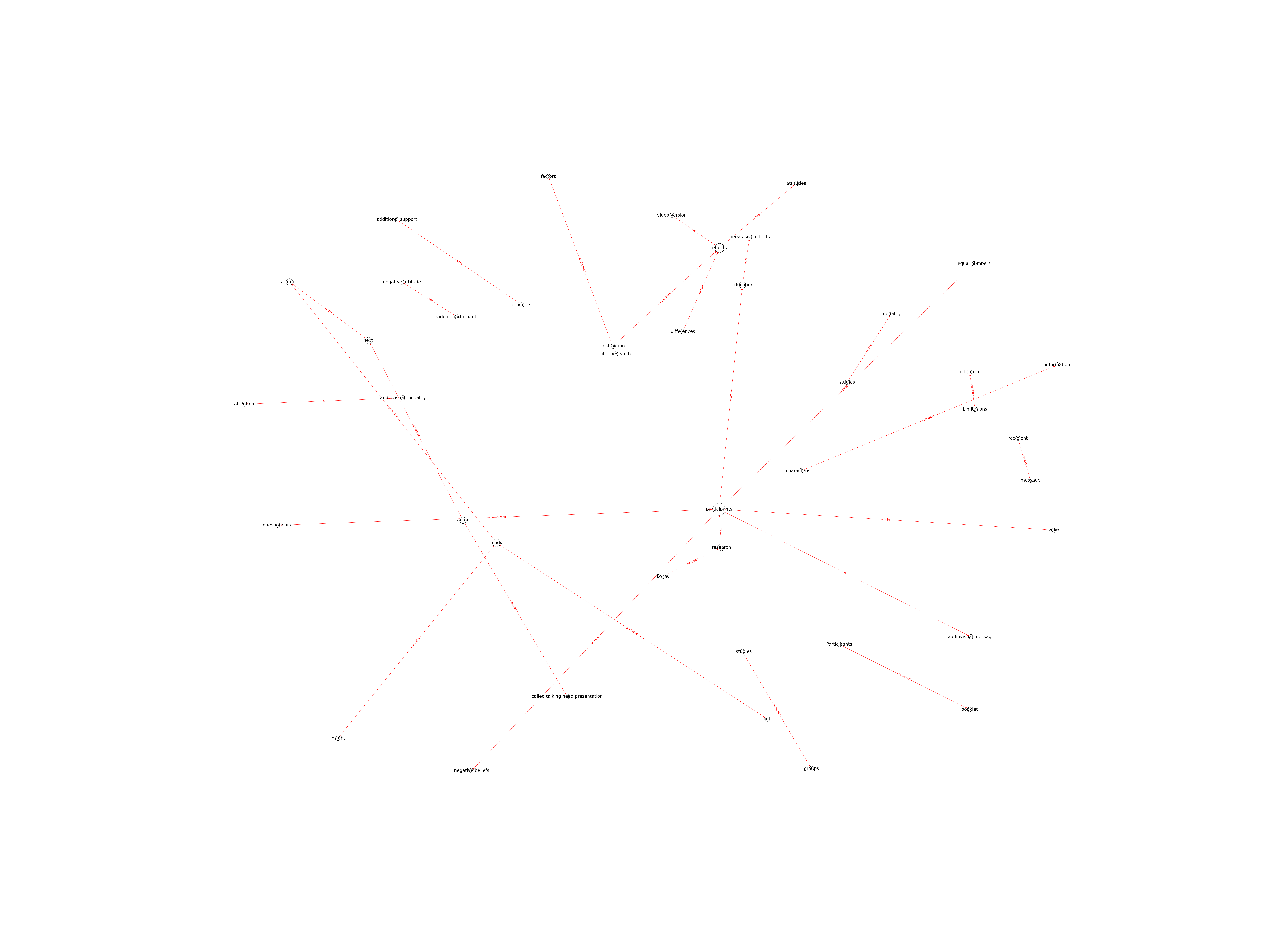| Id | 592 | |
| Author | de Graaf A., van den Putte B., Zebregs S., Lammers J., Neijens P. | |
| Title | Smoking Education for Low-Educated Adolescents: Comparing Print and Audiovisual Messages | |
| Reference | de Graaf A., van den Putte B., Zebregs S., Lammers J., Neijens P.; Smoking Education for Low-Educated Adolescents: Comparing Print and Audiovisual Messages ;Health Promotion Practice vol:17 issue: 6 page:853 |
|
| Keywords | low-educated adolescents; modality; school-based health promotion; tobacco prevention |
|
| Link to article | https://www.scopus.com/inward/record.uri?eid=2-s2.0-84991232415&doi=10.1177%2f1524839916660525&partnerID=40&md5=245292dffab102d6ab4da12f6ea3fc38 |
|
| Abstract | This study aims to provide insight into which modality is most effective for educating low-educated adolescents about smoking. It compares the persuasive effects of print and audiovisual smoking education materials. We conducted a field experiment with two conditions (print vs. video) and three measurement times (Time 1, Time 2, and Time 3). A total of 221 high school students in the second year of the lowest levels of education in the Netherlands participated at all three time points of the study. Results showed that participants in both conditions had more negative beliefs about smoking after being exposed to the smoking education than before, but there were no differences between the print and video version in this effect. However, the video version did make the attitude toward smoking more negative at Time 3 compared to baseline, whereas the text version did not, which suggests that the video version was more effective for educating low-educated adolescents about smoking. © 2016, © 2016 Society for Public Health Education. |
|
| Metodology | Technique |

Note: Due to lack of computing power, results have been previously created and saved in database


